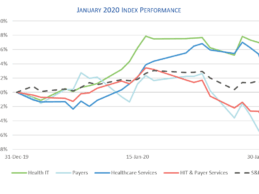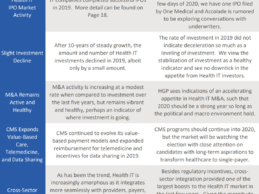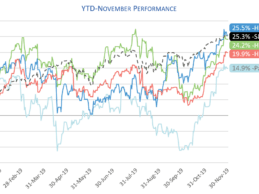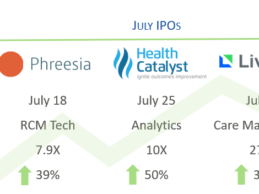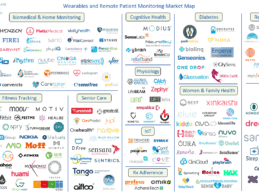Women’s health technology, known as Femtech, is one of the fastest-growing and well-funded categories of digital health. Femtech generally encompasses a range of digital health software and tech-enabled service providers that cater to the specific biological needs of women. These needs span from general health and wellness to reproductive health, including fertility, pregnancy, and nursing care.
Today, reproductive health is the focal point of femtech, thanks in part to the
Read More
healthcare growth
Analysis: January Health IT M&A Activity; Public Company Performance
– Healthcare Growth Partners’ (HGP) summary of Health IT/digital health mergers & acquisition (M&A) activity, and public company performance during the month of January 2020.
Ten years into the bull market, we operate in a heightened state of awareness for any indication of market weakness that may signal a downturn. While debt levels are rising and GDP growth somewhat sluggish, the world of private equity, public equity, and M&A continues to be in full swing bull market
Read More
2020 Semi-Annual Health IT Market Review: 5 Key Indicators to Watch
- Healthcare Growth Partners (HGP) releases its Semi-Annual Health IT Market Review report that summarizes M&A and private equity activity across health IT, digital health, etc.
- The report reveals health IT as a healthy sector going into 2020 and outlines key 2019 trends and 2020 indicators to watch in the market this year.
Healthcare Growth Partners, an investment bank and strategic advisory firm for health IT has announced the release of its annual Semi-Annual Health IT Market
Read More
Analysis: November 2019 Health IT M&A Activity, Public Company Performance
– Healthcare Growth Partners' (HGP) summary of Health IT/digital health mergers & acquisition (M&A) activity, and public company performance during the month of November 2019We did a doubletake when we noticed all of the HGP healthcare indices climbed approximately 10% during the month of November. Year-to-date, the S&P 500 is up over 25% and the HGP healthcare indices are all hovering in that range. In the two month period since September, when talk of universal healthcare reached
Read More
Research: October Health IT M&A Activity, Public Company Performance
- Healthcare Growth Partners (HGP) summary of Health IT/digital health merger & acquisition (M&A) activity, and public company performance during the month of October 2019
During the month of October, Health IT continued its evolution into an amorphous market that is increasingly trending away from a specialized niche of healthcare and into a key component of larger sectors such as Enterprise Software, HR Administration, Insurance, Care Delivery, Suppliers, and BioPharma.
The
Read More
The Drought is Over: It’s Raining Health IT IPOs
Three venture-backed health IT companies completed IPOs in July, ending an almost three-year drought of health IT IPOs. Share prices soared following each IPO, indicative of the enthusiastic response and a desire to see more health IT companies make their way toward public debuts. Composition of revenue, gross margin, and growth are key differentiators between these and all companies and key drivers of valuation. Given the enthusiastic shareholder response to these listings, we
Read More
Research: July Digital Health IPOs, M&A Activity, Public Company Performance Summary
Summary of Health IT/digital IPOs, merger & acquisition (M&A) activity, and public company performance during the month of July.
Digital Health IPOs in July
Breaking the digital health IPO drought, there were four initial public offerings (IPOs) during a five-week period from late June to late July, including Livongo, Health Catalyst, Phreesia, and Change Healthcare. The last health IT companies to reach IPO were iRhythym Technologies and Tabula Rasa Healthcare in late 2016 -
Read More
Reaching the Healthcare Mainstream: Wearables and Remote Patient Monitoring Market Map
Even though 2014 was supposed to be the “year of the wearable” according to Forbes, five years later we are now seeing the wearable reach maturity and mass-adoption. This increase in adoption has largely been driven by software and hardware stability which is now allowing these devices to be used with confidence to manage an individual’s health and wellness, including chronic condition management. The graphic below from Accenture shows the increase in technology usage across consumers to manage
Read More


